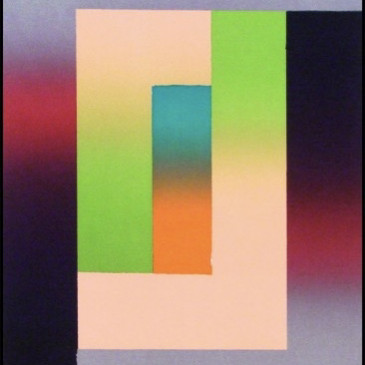
Details
Artist
Styles
Original aquatint on wove paper - Hand-signed and numbered in pencil - Literature: Schellmann 94 // Untitled (Schellmann 94) by Donald Judd, created in 1978-79, is a limited edition aquatint on wove paper. The print features a series of bold, parallel black lines arranged in a geometric formation, slightly tilted to one side, creating a sense of movement and depth. Judd’s minimalist approach, characterized by clean lines and stark contrasts, emphasizes form and structure. The black lines are meticulously placed to interact with the negative space, making the composition both simple and striking. This hand-signed and numbered piece, part of an edition of 175 with 15 artist proofs, exemplifies Judd’s dedication to minimalism and his exploration of space and geometry in printmaking.
Untitled (Schellmann 94), 1978-79
form
Medium
Size
101.2 x 74.4 cm
- Inches
- Centimeters
Edition
Price
Details
Artist
Styles
Original aquatint on wove paper - Hand-signed and numbered in pencil - Literature: Schellmann 94 // Untitled (Schellmann 94) by Donald Judd, created in 1978-79, is a limited edition aquatint on wove paper. The print features a series of bold, parallel black lines arranged in a geometric formation, slightly tilted to one side, creating a sense of movement and depth. Judd’s minimalist approach, characterized by clean lines and stark contrasts, emphasizes form and structure. The black lines are meticulously placed to interact with the negative space, making the composition both simple and striking. This hand-signed and numbered piece, part of an edition of 175 with 15 artist proofs, exemplifies Judd’s dedication to minimalism and his exploration of space and geometry in printmaking.
- Recently Added
- Price (low-high )
- Price (high-low )
- Year (low-high )
- Year (high-low )
Donald Judd
A Group Of 4 Aquatints 1, 1978-79
Limited Edition Print
Aquatint
Currently Not Available
What is Entropy?
Entropy, in a broader sense, refers to the inevitable deterioration or decline of a society or system. In art, the concept was popularized by artist Robert Smithson in the 1960s. He used the term to critique what he saw as the static and overly simplified nature of contemporary minimalist art. Smithson's work often explored the idea of entropy as a force of chaos and decay, contrasting with the perceived order and purity of minimalist works.












